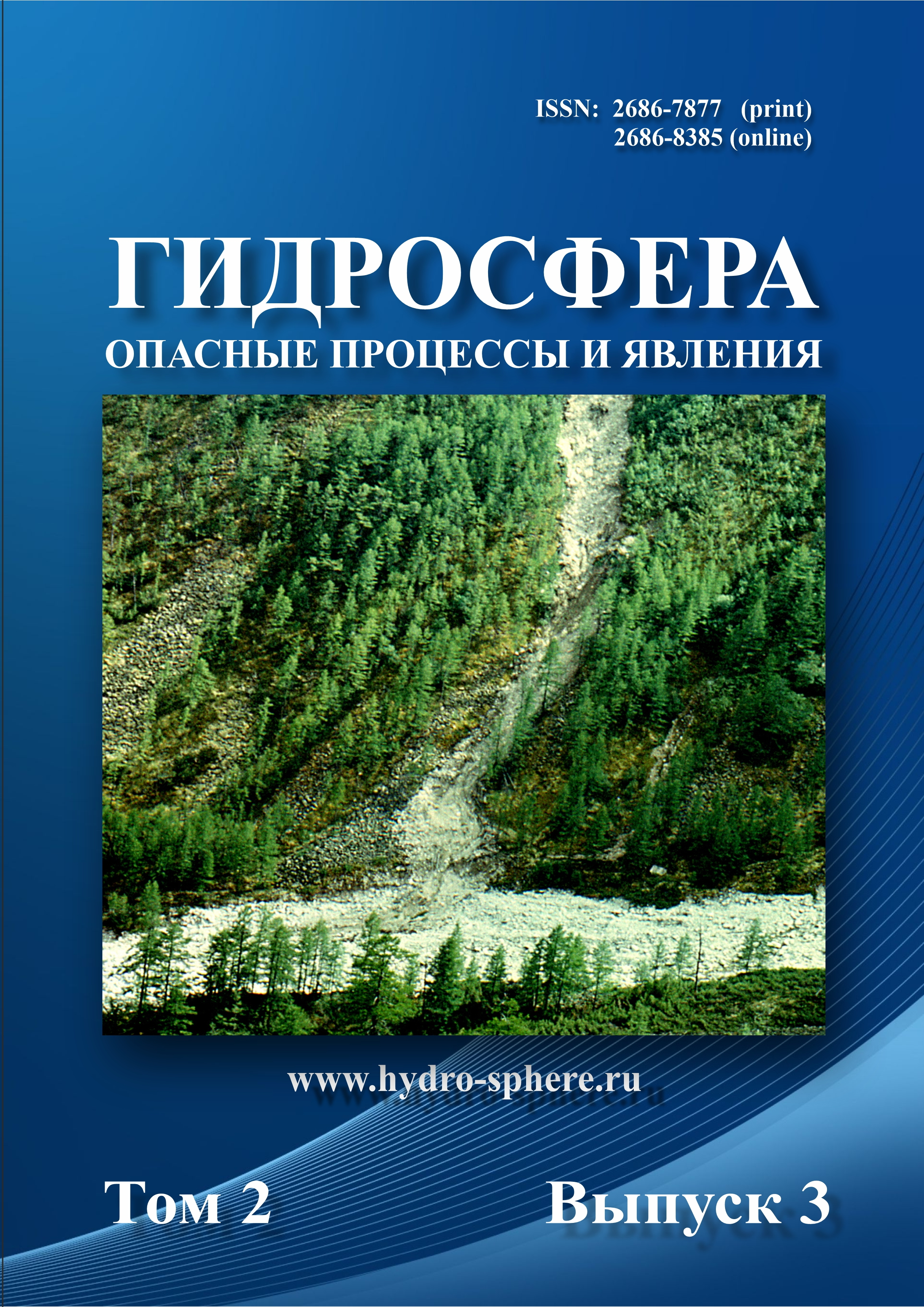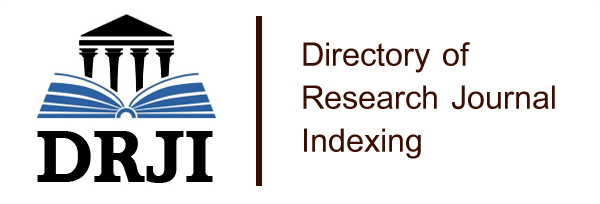КРИТИЧЕСКИЙ АНАЛИЗ РУКОВОДЯЩИХ ДОКУМЕНТОВ ПО РАСЧЁТУ РАЗВИТИЯ ГИДРОДИНАМИЧЕСКИХ АВАРИЙ
Авторы
- А.Ю. Виноградов ООО НПО «Гидротехпроект», г. Валдай, Россия; ФГБОУ ВО Санкт-Петербургский государственный лесотехнический университет имени С.М. Кирова, г. Санкт-Петербург, Россия
- В.А. Обязов ООО НПО «Гидротехпроект», г. Валдай, Россия https://orcid.org/0000-0002-9644-1286
- О.В. Зубова Saint Petersburg State Forest Technical University, St. Petersburg
- М.М. Кадацкая ООО НПО «Гидротехпроект», г. Валдай, Россия https://orcid.org/0000-0002-5979-0970
- А.В. Кучмин ООО НПО «Гидротехпроект», г. Валдай, Россия https://orcid.org/0000-0003-2111-6347
DOI:
https://doi.org/10.34753/HS.2020.2.3.305+ Ключевые слова
+ Аннотация
В руководящих документах Российской Федерации (РД 03-607-03 и РД 09-391-00) представлены методики расчёта развития гидродинамических аварий на накопителях и хранилищах жидких промышленных и производственных отходов. Поскольку аварии на таких объектах представляют собой прорыв плотины с образованием прорана в ее теле, для расчётов используется методическая основа, разработанная для грунтовых плотин любого назначения. Это позволило рассмотреть применимость указанных документов к плотине водохранилища на реке Кокпекты в Казахстане, на которой произошла авария в марте 2014 года. Анализ применимости рассматриваемых документов показал, что численные значения большинства параметров, рассчитанных по ним, не соответствуют действительности и/или не имеют физического смысла, их нельзя использовать на практике. В частности, в предлагаемых документах не учитывается время на образование эрозионных рытвин, что приводит к ошибке оценки времени образования прорана на порядок. В рассматриваемых руководящих документах принята прямоугольная форма прорана, хотя на практике в большинстве случаев она трапециевидная. Сравнение расчётных и измеренных размеров прорана показало их различие в два раза. Даже результаты расчёта размеров прорана по предлагаемой формуле в зависимости от выбранного расчётного шага могут отличаться на 25%. В РД 03-607-03 и РД 09-391-00 приводятся разные формулы для расчёта гидравлической крупности, что приводит к различию в результатах в 1,65 раза. Кроме того, при расчёте гидравлической крупности вместо динамической используется кинематическая вязкость. Одна из важнейших характеристик – транспортирующая (размывающая) способность потока в рассматриваемых документах безразмерна и не имеет физического смысла. Обращает также на себя внимание, что предлагаемые руководящие документы, в нарушение ГОСТ 8.417-2002, не только используют нестандартизированные величины размерностей, но даже в одной из формул в качестве сомножителей соседствуют метры, сантиметры и миллиметры. Таким образом, РД 03-607-03 и РД 09-391-00 не рекомендуется использовать для расчётов развития гидродинамических аварий и зон затопления, данные документы требуют немедленного пересмотра. Литература
Александров Д.В., Зубарев А.Ю., Искакова Л.Ю. Введение в гидродинамику: учеб. пособие. Екатеринбург: Изд-во Уральского университета, 2012. 112 с.
Ананенков А.Г., Ставкин Г.П., Андреев О.П., Хабибуллин И.Л., Лобастова С.А. Эколого-экономическое управление охраной окружающей среды. М.: Недра, 2003. 227 с.
Большаков В.А., Константинов Ю.М., Попов В.Н. Справочник по гидравлике. К.: Вища школа, 1977. 280 с.
Виноградова Т.А., Макушин М.А., Виноградов И.А., Парфенов Е.А., Кадацкая М.М., Сазонова С.И. Расчёт морфометрических характеристик прорана и максимальных расходов при прорывах грунтовых плотин // Гидросфера. Опасные процессы и явления. 2019. Том 1. Вып. 2. С. 280-295. DOI: 10.34753/HS.2019.1.2.006.
Гришанин К.В. Динамика русловых потоков. Л.: Гидрометеоиздат, 1969. 428 с.
Кадацкая М.М., Виноградов А.Ю., Кацадзе В.А., Беленький Ю.И., Бачериков И.В., Хвалев С.В., Каляшов В.А. Анализ методов расчёта неразмывающей скорости при проектировании водопропускных и водоотводных сооружений лесного хозяйства // Известия Санкт-Петербургской лесотехнической академии. 2019. Вып. 227. С. 174–187. DOI: 10.21266/2079-4304.2019.227.174-187.
Пономарчук К.Р. Оценка параметров развития прорана при разрушении грунтовой плотины // Природообустройство. 2011. №3. С. 77-82.
Тарабаев Ю.Н., Зотов Ю.М., Чагаев В.П. Шульгин В.Н. Инженерное обеспечение предупреждения и ликвидации чрезвычайных ситуаций при наводнениях (учебное пособие). Новогорск: Академия гражданской защиты МЧС России, 2000. 207 с.
Чижиумов С.Д. Основы гидродинамики: учеб. пособие. Комсомольск-на-Амуре: ГОУВПО «КнАГТУ», 2007. 106 с.
Чугаев Р.Р. Гидравлика: учебник для вузов. Л.: Энергоиздат, 1982. 672 с.
Шмакова М.В., Кондратьев С.А. Транспортирующая способность речного потока// Ученые записки Российского государственного гидрометеорологического университета. 2019. № 56. С. 176-187 DOI: 10.33933/2074-2762-2019-56-176-187.
+ Биографии авторов
E-mail: gd@npogtp.ru E-mail: td@npogtp.ru E-mail: ok_z19@mail.ru E-mail: mk@npogtp.ru E-mail: ak@npogtp.ru
А.Ю. Виноградов, ООО НПО «Гидротехпроект», г. Валдай, Россия; ФГБОУ ВО Санкт-Петербургский государственный лесотехнический университет имени С.М. Кирова, г. Санкт-Петербург, Россия
eLibrary (РИНЦ) SPIN-код: 3692-8409
Scopus ID: 56909443300
ORCID iD: 0000-0001-6834-2507
Почтовый адрес: 175400 Валдай Новгородской области, ул. Октябрьская д. 55А
Контактный телефон для связи с авторами статьи: +7 909 592-39-78, +7 968 185-24-47
В.А. Обязов, ООО НПО «Гидротехпроект», г. Валдай, Россия
eLibrary (РИНЦ) SPIN-код: 4590-8490
Scopus ID: 6505820654
ORCID iD: 0000-0002-9644-1286
Почтовый адрес: 175400 Валдай Новгородской области, ул. Октябрьская д. 55А
Контактный телефон для связи с авторами статьи: +7 909 592-39-78, +7 968 185-24-47
О.В. Зубова, Saint Petersburg State Forest Technical University, St. Petersburg
eLibrary (РИНЦ) SPIN-код: 6997-4065
ORCID ID: 0000-0002-6263-4688
Почтовый адрес: 175400 г. Валдай Новгородская обл., ул. Октябрьская д. 55А
Контактный телефон: (812) 313-83-48, (812) 323-32-52, (812) 633-01-78
М.М. Кадацкая, ООО НПО «Гидротехпроект», г. Валдай, Россия
eLibrary (РИНЦ) SPIN-код: 6624-6450
Scopus ID:
ORCID iD: 0000-0002-5979-0970
Почтовый адрес: 175400 Валдай Новгородской области, ул. Октябрьская д. 55А
Контактный телефон для связи с авторами статьи: +7 909 592-39-78, +7 968 185-24-47
А.В. Кучмин, ООО НПО «Гидротехпроект», г. Валдай, Россия
eLibrary (РИНЦ) SPIN-код: 7846-5937
ORCID ID: 0000-0003-2111-6347
Scopus ID: 57201695474
Почтовый адрес: 175400 г. Валдай Новгородская обл., ул. Октябрьская д. 55А
Контактный телефон: (812) 313-83-48, (812) 323-32-52, (812) 633-01-78
+ Библиографические ссылки
Aleksandrov D.V., Zubarev A.Yu., Iskakova L.Yu. Vvedenie v gidrodinamiku: uchebnoe posobie [Introduction to fluid dynamics: a tutorial]. Ekaterinburg, Publ. of the Ural University, 2012. 112 p. (In Russian). Ananenkov A.G., Stavkin G.P., Andreev O.P., Khabibullin I.L., Lobastova S.A. Ekologo-ekonomicheskoe upravlenie okhranoi okruzhayushchei sredy [Ecological and economical control over environment protection]. Moscow, Publ. Nedra, 2003. 227 p. (In Russian). Bol'shakov V.A., Konstantinov Yu.M., Popov V.N. Spravochnik po gidravlike [Handbook of hydraulics]. Kiev, Publ. Vishcha shkola, 1977. 280 p. (In Russian). Chizhiumov S. D. Osnovy gidrodinamiki: uchebnoe posobie [Fundamentals of hydrodynamics: a tutorial]. Komsomolsk-on-Amur, Publ. of GOUVPO "KnAGTU", 2007. 106 p. (In Russian). Chugaev R.R. Gidravlika: uchebnik dlya vuzov [Hydraulics: a textbook for high schools]. Leningrad, Publ. Energoizdat, 1982. 672 p. (In Russian). Grishanin K.V. Dinamika ruslovykh potokov [The dynamics of channel flows]. Leningrad, Gidrometeoizdat Publ., 1969. 428 p. (In Russian). Kadatskaya M.M., Vinogradov A.Yu., Katsadze V.A., Belenkiy Yu.I., Bacherikov I.V., Grigor’ev G.V., Hvalev S.V. Analiz metodov rascheta nerazmyvayushchei skorosti pri proektirovanii vodopropusknykh i vodootvodnykh sooruzhenii lesnogo khozyaistva [Analysis of methods for calculating non-blurring speed in the design of culverts and drainage facilities of forestry]. Izvestia Sankt-Peterburgskoj Lesotehniceskoj Akademii [Bulletin of the St. Petersburg Forestry Academy], 2019, iss. 227, pp. 174-187. (In Russian; abstract in English). DOI: 10.21266/2079-4304.2019.227.174-187. Ponomarchuk K.R. Otsenka parametrov razvitiya prorana pri razrushenii gruntovoi plotiny [Assessment of parameters of closure channel development at destruction of earth dams]. Prirodoobustroistvo [Environmental Engineering], 2011, no. 3, pp. 77-82. (In Russian; abstract in English). Shmakova M.V., Kondratyev S.A. Transportiruyushchaya sposobnost' rechnogo potoka [Transporting capacity of river flow]. Uchenye zapiski Rossiiskogo gosudarstvennogo gidrometeorologicheskogo universiteta [Scientific notes of the Russian State Hydrometeorological University], 2019, iss. 56, pp. 176-187. (In Russian; abstract in English). DOI: 10.33933/2074-2762-2019-56-176-187. Tarabaev Yu.N., Zotov Yu.M., Chagaev V.P. Shul'gin V.N. Inzhenernoe obespechenie preduprezhdeniya i likvidatsii chrezvychainykh situatsii pri navodneniyakh (uchebnoe posobie) [Engineering support for prevention and elimination of emergency situations during floods (textbook)]. Novogorsk, Publ. of Academy of Civil Protection EMERCOM of Russia, 2000. 207 p. (In Russian). Vinogradova Т.А., Makushin М.А., Vinogradov I.А., Parfenov Е.А., Kadatskaya M.M., Sazonova S.I. Raschet morfometricheskikh kharakteristik prorana i maksimal'nykh raskhodov pri proryvakh gruntovykh plotin [Calculation of the morphometric characteristics of the closure channel and the extreme discharge during break-throughs of ground dams]. Gidrosfera. Opasnye protsessy i yavleniya [Hydrosphere. Hazard processes and phenomena], 2019, vol. 1, iss. 2, pp. 280-295. (In Russian; abstract in English). DOI: 10.34753/HS.2019.1.2.006.














1.png)














